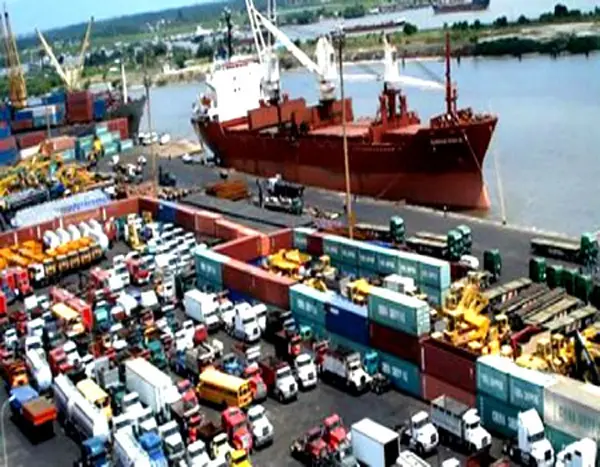The issue of abandoned or delayed export cargoes at Nigeria’s seaports, particularly Apapa Port, has significant economic implications according to Pius Akutah, the Executive Secretary/CEO of the Nigerian Shippers Council (NSC).
Akutah highlighted several key points regarding the impact of these abandoned export containers:
1. **Economic Losses:** Exporters face adverse economic consequences when their cargoes are trapped or abandoned at ports. Many exporters may have borrowed funds at high interest rates to finance their exports. Losing these investments can severely affect their businesses and could potentially lead to business closures.
2. **Impact on Banks:** Commercial banks that finance these export transactions also incur losses when export cargoes are abandoned or delayed. This creates financial strains within the banking sector and affects their ability to lend to other sectors of the economy.
3. **National Economy:** The accumulated losses from abandoned export containers have broader implications for the national economy. It undermines efforts to diversify the economy’s export base and hampers economic growth.
Akutah emphasized the inefficiencies at ports that contribute to delays in clearing export cargoes. This inefficiency is particularly concerning at a time when the Nigerian government is prioritizing the diversification of the export base to enhance economic resilience.
Kayode Daniel, the Government Relations manager at APM Terminals, provided specific statistics regarding the trapped export containers at Apapa Port:
– 1,940 export containers have been at the port for between zero to 10 days.
– 1,524 containers have stayed between 11 to 20 days.
– Approximately 757 containers have been there between 21 to 30 days.
– 616 containers have been abandoned for over 31 days, some for more than two years.
To address this issue, APM Terminals has been actively working to evacuate these trapped export containers. They have engaged with shipping lines like Maersk, CMA CGM, and Zim to facilitate the movement of about 2,752 export containers out of the port. This effort is crucial to reducing the backlog and easing the economic burden on exporters, banks, and the national economy.
In conclusion, resolving the issue of trapped and abandoned export containers requires concerted efforts from port operators, shipping lines, regulatory agencies like the NSC, and the government. Streamlining port operations, improving logistics efficiency, and ensuring timely evacuation of export cargoes are essential steps towards mitigating these economic challenges.
